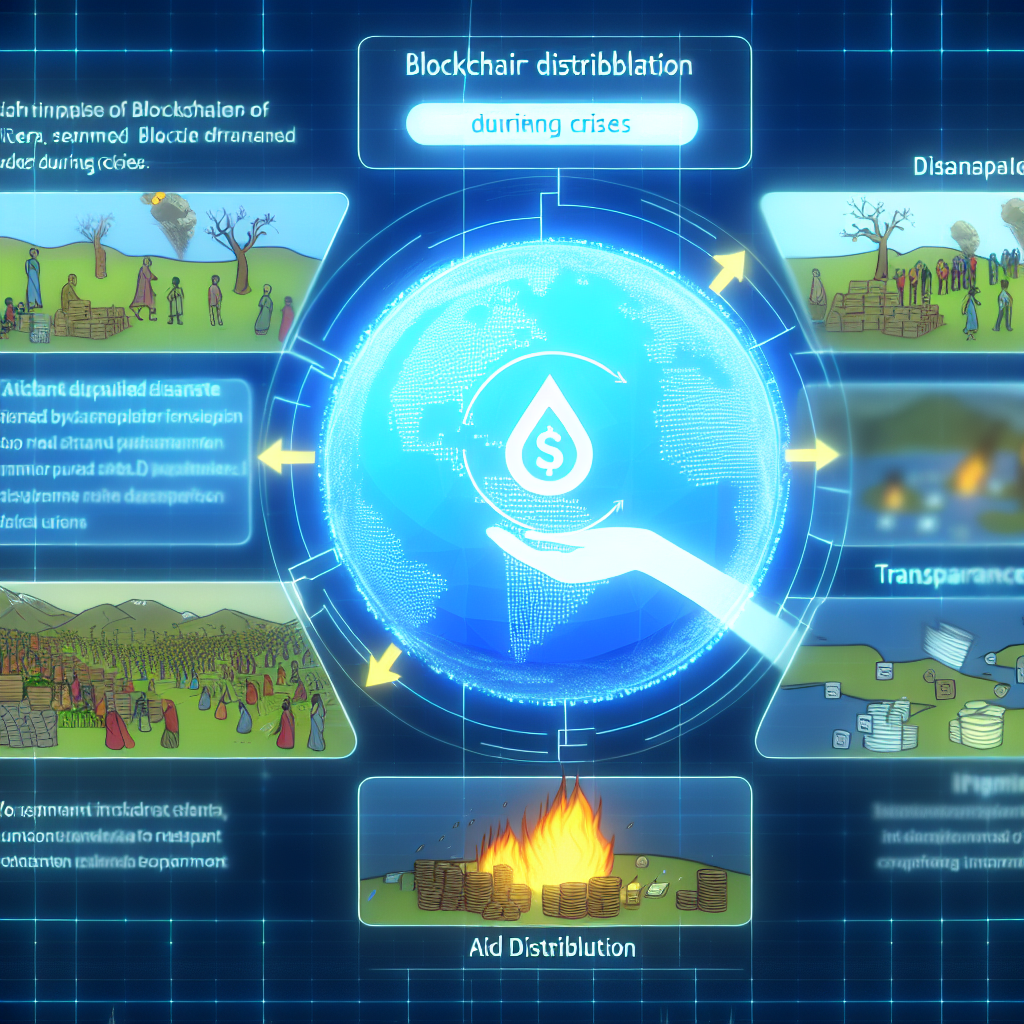Blockchain for Catastrophe Reduction: Clear Help Distribution in Crises
Within the wake of disasters, whether or not pure or man-made, the effectivity and accountability of assist distribution can decide the success of aid efforts. Blockchain for catastrophe aid presents a clear and safe manner to make sure that assets attain those that want them essentially the most. On this publish, we’ll discover how blockchain know-how can revolutionize catastrophe administration and enhance the way in which assist is distributed to affected populations.
Understanding Blockchain Expertise
At its core, blockchain is a decentralized ledger know-how that information transactions throughout a number of computer systems. This decentralization ensures that no single entity has management over all the system, making the info proof against manipulation. Every transaction is securely recorded in a block, and as soon as verified, it turns into a part of a series of transactions, therefore the title blockchain.
This know-how’s clear nature is especially helpful in disaster conditions. It helps to cut back fraud, improve belief, and make sure that donations and assets are successfully tracked and managed.
Why Use Blockchain for Catastrophe Reduction?
- Transparency: Each transaction made on the blockchain is seen to all members. This transparency helps make sure that every contribution is accounted for, permitting donors to trace how funds are utilized.
- Effectivity: Conventional assist techniques typically contain a number of intermediaries that may decelerate the distribution course of. Blockchain permits for direct transactions, considerably rushing up supply instances.
- Accountability: With blockchain, organizations can keep a transparent document of all transactions, which reinforces accountability amongst businesses and aids in constructing belief with the affected communities.
Implementing Blockchain Catastrophe Reduction Software program
Happily, a number of organizations and corporations are providing blockchain catastrophe aid software program tailor-made to deal with the challenges confronted throughout crises. These platforms allow NGOs and governments to handle assets higher, guaranteeing that assist reaches these in want with out delays.
One look on the potential of those platforms reveals how they’ll help in monitoring donations. For example, when a donor contributes funds, they obtain quick affirmation and might observe the funds as they’re allotted to particular aid efforts. This real-time monitoring makes it simpler to establish inefficiencies or misallocations that will come up.
Investing in Blockchain for Clear Catastrophe Reduction
As we glance towards the way forward for catastrophe administration, investing in blockchain know-how for crises administration is more and more turning into a precedence. As evidenced by profitable case research, blockchain can streamline operations and foster a extra coordinated response in emergencies.
Organizations at the moment are seeking to purchase blockchain software for disaster management to leverage these benefits absolutely. Firms specializing in know-how for humanitarian efforts are rising, offering strong options that improve operational capabilities.

Blockchain know-how helps guarantee transparency in catastrophe aid operations.
Challenges and Concerns
Whereas the advantages of blockchain are substantial, there are challenges in implementing it successfully in catastrophe aid conditions. These challenges embrace the necessity for technical know-how, the preliminary value of blockchain techniques, and the potential for technological disparities in much less developed areas.
Furthermore, stakeholders should work collectively to create requirements and guarantee interoperability between completely different blockchain options. Collaboration amongst governments, NGOs, and tech firms is important to beat these hurdles successfully.
The Way forward for Blockchain in Disaster Administration
The way forward for blockchain for clear assist distribution is promising, significantly as consciousness grows round the advantages it delivers. Investing on this know-how right now can result in a simpler and environment friendly response mechanism for future crises.
As extra organizations start to undertake this know-how, it’s essential to judge their impacts on catastrophe aid efforts frequently. By doing so, we will refine our approaches and make sure that assist distribution turns into simpler over time.

Blockchain options streamline assist distribution throughout crises.
Conclusion
In conclusion, the implementation of blockchain know-how for crises administration represents a major alternative to reinforce transparency and effectivity in assist distribution. By leveraging blockchain options, catastrophe aid operations can’t solely be improved however remodeled right into a mannequin of accountability and belief.
As we witness the evolution of know-how in governmental and non-governmental responses to crises, our funding in blockchain may very properly form the way forward for humanitarian assist. The decision to motion is evident—it is time to embrace these improvements to create a greater framework for catastrophe aid.